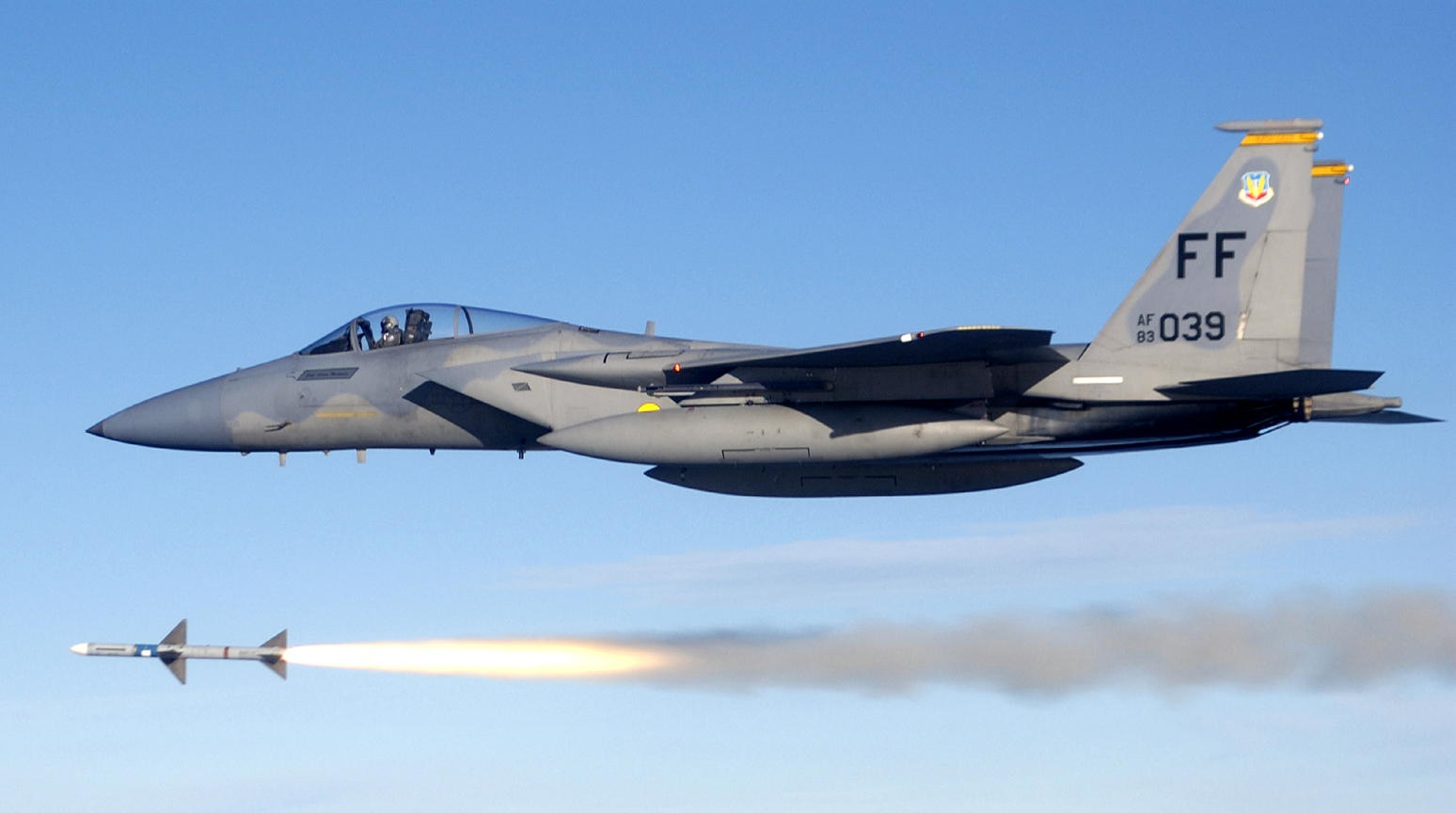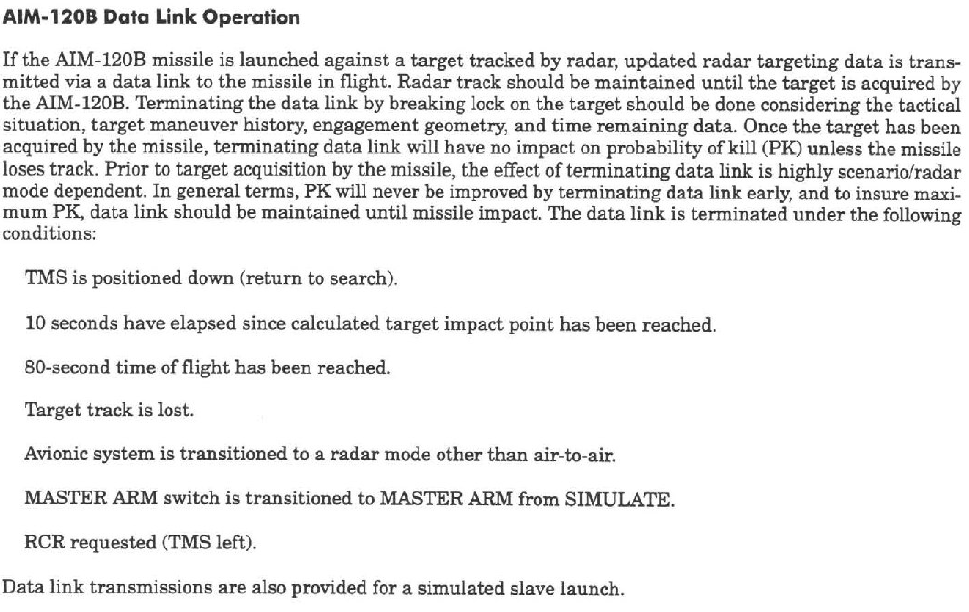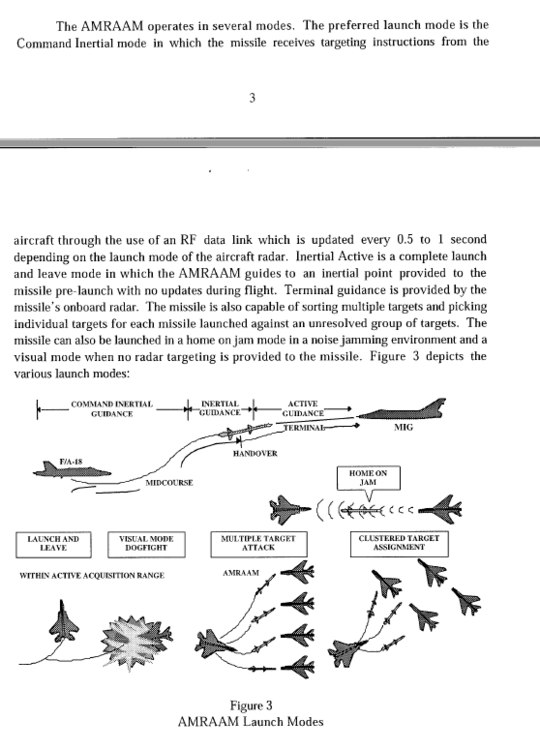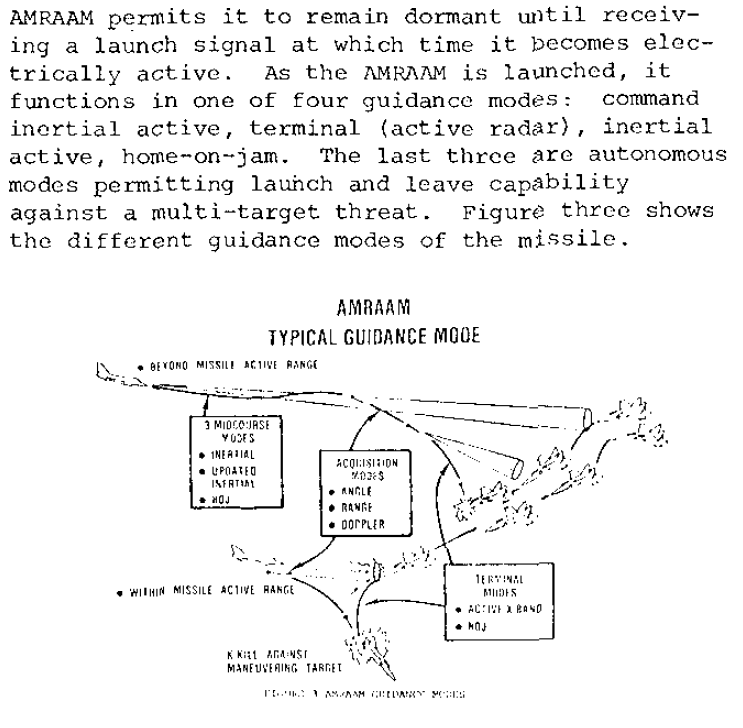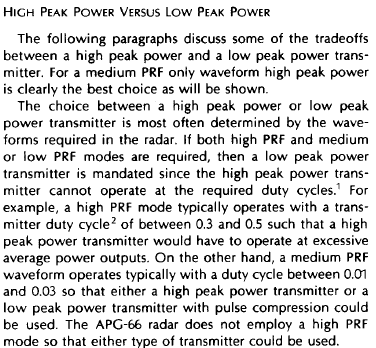-
Posts
1314 -
Joined
-
Last visited
Content Type
Profiles
Forums
Events
Everything posted by dundun92
-
https://apps.dtic.mil/dtic/tr/fulltext/u2/b010399.pdf
-
Yes, the issue is that the quality of the supporting radar has a huge influence on the effectiveness of SARHs in particular, and the Flankers (or really FC3) too big notch filter + chaff bug, and underperforming radar ranges (in this specific case lock ranges) make ERs miss way more than they should. Plus the fact thet the zero Doppler filter is only present in FC3 and not in FF modules.
-
.thumb.jpg.415a5b95b211031e11b772883e35d58a.jpg)
Question about the burning time of the R77 engine
dundun92 replied to YellowCrane's topic in DCS: Flaming Cliffs
Its very rare in DCS the radar will switch targets. But according to an F-15E WSO on here, its a bigger problem IRL, and a supported AMRAAM with the datalink can actually be more useful than SARH in a furball scenario. But TLDR, In DCS SARH is pretty much always safe for furballs. IRL it isnt. ARH always has some inherent risk, but in DCS its worse than it should because the advantages of supported AMRAAMs are not fully modeled. -
Ah fair enough, wasnt paying enough attention
-
Then again, I did see footage of an AIM-9E(?) kill online somewhere, must not be too bad of a missile ...
-
yes it can, and it should. But the problem isnt really the loft per se. Its the fact that there is no INS/Inertial Active guidance at all; the problems with the loft are only the symptoms of the basic issue. The missile should fly to the last extrapolated target position, not fly in the same direction as when the support was lost. This could become problematic when you take into account that the AMRAAM uses variable PN, which can cause medium-long shots, even in the absence of loft, to miss because if support is dropped in the variable PN stage, straight ahead isnt an intercept course, and may or may not be inside the 15° FoV. Agsinst fast-ish beaming targets this could definitely be an issue.
-
Just out of curiosity... have you compared the Pk the AMRAAM actually gets in PvP scenarios? Pretty sure its under 60% And for the record, this has a lot to do with stuff other than the AMRAAM itself, such as the employment tactics used. But even from some of the best DCS pilots, you simply arent seeing Pks over 50% unless its against completely unaware targets. Fair, and I dont disagree. At the same time though, limitations do need to be realistically modeled, else its often just as bad as not having them (we can see what happens when they aren't with the whole CCM ECM/ECCM in game... its an absolute mess). Unfortunately, finding accurate/specific information on limitations of weapons systems is often a lot harder than finding capabilities. But I think my main point is that vague limitations are not helpful (e.g, the baseless "AIM-54 bad against fighters" rhetoric thats thrown at HB without any specific evidence/basis)
-
Are you asking if there is a maximum launch range beyond which the launching radar cannot support the AMRAAM, and instead it goes pure INS? If so, Im not aware of any specific limitations in this regard. -34s ive seen make no mention of limitations in this regard. As tax mentioned above, the main limitation is the 80 sec of max datalink transmission, likely because of missile battery life constraints:
-
60% Pk from what? 60% Pk because of target manuevering? 60% Pk because of ECM? 60% Pk because of target chaffing? without specifics contextless Pk numbers dont mean anything, certainly not a basis to call something OP Because it increases Pk vs chaff/ECM/notching, etc. It doesnt imply that seeing targets at 8nm is OP/unrealistic. And to be clear, im not doubting the AMRAAM seeker is overperforming in many ways, specifically vs cold aspect/low RCS targets. But I havent seen any specific evidence that seeing hot aspect fighters at 8nm is somehow OP or unrealistic.
-
.thumb.jpg.415a5b95b211031e11b772883e35d58a.jpg)
RED FLAG 17APRIL2021 - F-5E & AJS-37 vs MiG-21 & MiG-19
dundun92 replied to TIGER's topic in Tournaments & Events
Alamo 1-1 | dundun92 - MiG-21 EDIT: May not be able to participate -
Its almost as if... the AMRAAM does the same thing
-
for the F-14? IDK, i dont fly it much in PvP. But id assume since release. For the F-16/18, it was changed a few months ago, and prior to that gave launch warnings since ive played DCS and from what I can tell from as long as DCS has been around for the FC3 jets. Note that ARH launch warnings are not absolutely unrealistic; the datalink signal used to guide the ARH in midcourse can be picked up by RWRs; the question is whether specific RWRs are programmed to do this, and thats simply not something we are going to know. There are good reasons to defend either choice. So neither giving or not giving a warning is "realistic" or "unrealistic" per se; both are possibilities. Personally, id lean on STT giving launch warnings (not TWS), but again this is honestly going into the classified realm of tactics and whether the false alarm possibility is worth it.
-
.thumb.jpg.415a5b95b211031e11b772883e35d58a.jpg)
reported AIM-120C losing targets easily for chaff even at close ranges
dundun92 replied to Comrade Doge's topic in Weapon Bugs
And exactly what is the basis for this claim? -
Squadron: Alamo Squadron Timezones: UTC-6 to UTC+1, ideally 1800z-2400z on Friday/Saturday Aircraft: F-16C, F/A-18C, JF-17 Maps: Cauc, PG
-
... not even close to how the AIM-54 operates in game. Its literally the easiest missile to evade rn. Just stop whining about it, and honestly just spend the time wasted on the forums getting good at BVR.
-
.thumb.jpg.415a5b95b211031e11b772883e35d58a.jpg)
reported AN/APG-63 range is under-represented
dundun92 replied to GGTharos's topic in Flaming Cliffs Bugs & Problems
youd be surprised how ED does things sometimes -
One thing to note with the sparrow numbers is that a lot of misses were due to motor issues, e.g, motor not lighting, or the sparrow getting hung on the Pylon. IK thats all included in Pk, but it should be noted that a lot of the misses were not due to the seeker/guidance/tracking. Also, even considering all that, im not sure why people are so hung up on Pk. There are simply too many variables for Pk to really be of any use unless you have the specifics of every engagement. For example, if your trying to run a CAP and you simply need to keep the bad guys away, not kill them, you may take longer ranged, lower Pk posturing shots. While the Pk achieved in this scenario may be close to 0%, it doesn't mean the missile is bad; all it means is that the bandit defended well, and that the missiles did their job of keeping people away. The point is, saying "The sparrow had 50% Pk in combat" is fine, but its not something you can use to say "why would the AIM-54 do better". Unless you can prove that the 50% Pk was actually due to seeker/guidance/tracking issues, and that these same weaknesses were present in the AIM-54, theres no real basis for comparison.
-
The APG-66 did not have HPRF originally to allow for the use of a high peak power transmitter; its not physically possible to use HPRF with the high peak power the APG-66 used (21.5 kW). I haver no clue about updated versions however, but im not expecting much different: Source The APG-68 OTOH does have HPRF (and as expected a reduced peak power to 18 kW), but its only used in VS. RWS/TWS/ULS all use MPRF only, which is the "all aspect detection" duty cycle referred to in this brochure that Beamscanner posted above; this is consitient with the F-16 -34 as well which clearly states that VS interleaves HPRF/MPRF in VS, while referring to the others as "MPRF Modes" EDIT and either way, theres no mention of being able to manually adjust anything PRF related, so whether it uses HPRF/multiple PRFs or not (which is doesnt in the A2A modes unless your in VS), you still cant manually adjust it
-
.thumb.jpg.415a5b95b211031e11b772883e35d58a.jpg)
reported AIM-120C losing targets easily for chaff even at close ranges
dundun92 replied to Comrade Doge's topic in Weapon Bugs
Yea its been like this forever. Back on even the old chaff model, I could notch missiles with a certain maneuver (in this case half Split-S to vertical notch + immediate recommit) + chaff deployment 100% of the time in SP; ran the same mission as a self hosted server and the manuever no longer worked even once -
Hate to be that guy, but in DCS its 15 not 16km. 16km is the stated IRL range vs 5m^2 (presumably head-on).

